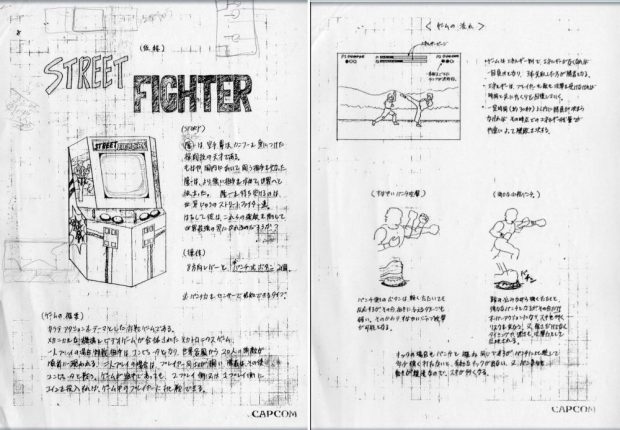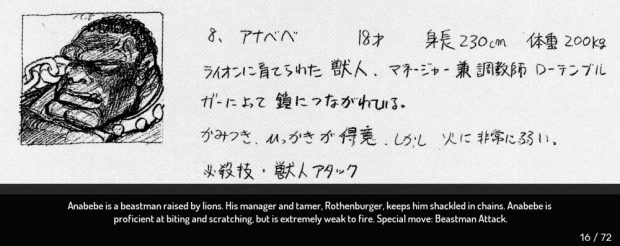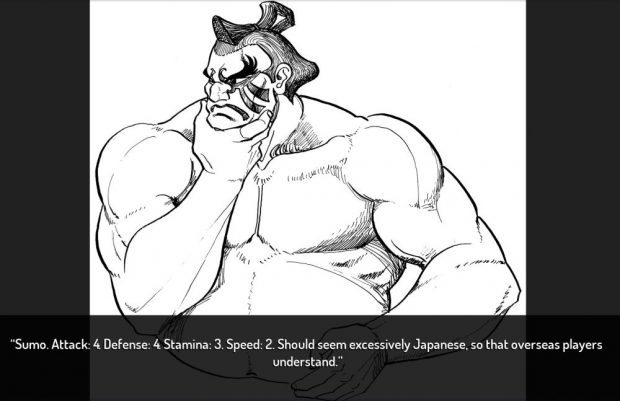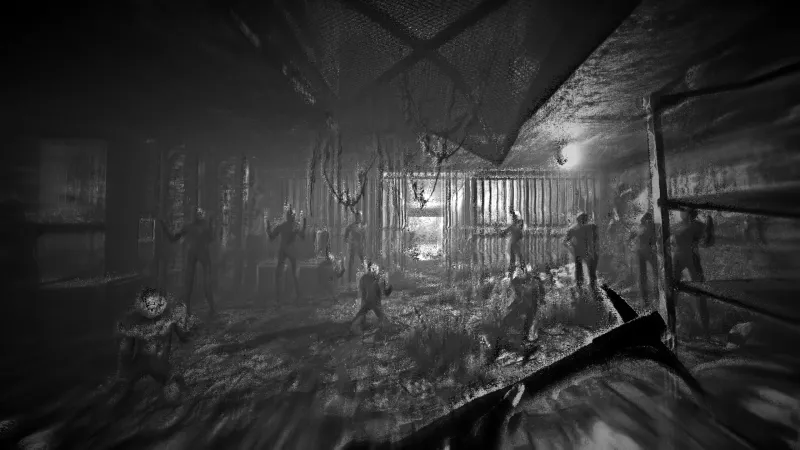
Who’s your favorite Fighting Street character? Mine is Dick Jumpsey, the well-known American actor-boxer. Huh? No, I’m speaking about Fighting Street. You know, the arcade sport the place you need to bodily punch large pressure-sensitive buttons to make your character assault your opponent. Featuring fantastic characters corresponding to “Shilke Muller”, “Great Tiger” and “Chinese Girl”. Everyone is aware of Fighting Street.
No? Well, the Street Fighter 30th Anniversary Collection can fill you in. It was launched yesterday and features a “Museum” part, detailing the historical past of the preventing sport sequence, full with sketches and outdated design docs. There’s a whole lot of enjoyable stuff in right here, and a few, uh, questionable stuff too.

The assortment itself permits you to play 12 editions of the older video games, each on-line and regionally. It’s a subtitle feast, together with: SFII Hyper Fighting, Super SFII Turbo, SF Alpha three and SFIII: Third Strike. But probably the most attention-grabbing a part of it for me is the trove of paperwork and outdated idea artwork, exhibiting how the sequence happened. Some of the very best stuff has already been compiled into a Tweetscroll by sport historian (and developer at Digital Eclipse) Frank Cifaldi. But permit me to level out some further attention-grabbing bits.

The unique arcade cupboard (above) was designed to have buttons you’d slam along with your fists, one for punches and one for kicks. Depending on how arduous you hit them, you’d ship assaults of various power.

A sketch of the character roster from 1988 (above) reveals some characters who modified over time. One factor I’ve usually heard about Street Fighter II’s indignant electroman Blanka is that he started life as a dodgy caricature of a black man. But I’d by no means seen any proof of that. Until, uh, nicely.

“Anabebe is a beastman raised by lions,” says this early description. “His manager and tamer, Rothenburger, keeps him shackled in chains.”
Well then.
Eventually, the “feral child” concept modified to turn out to be a personality known as “Hamablanka” and at last “Blanka”, the green-skinned, ginger-haired Brazilian doll salesman we all know as we speak.

The different characters additionally modified. “Zhi Li” turned “Chinese Girl” and at last “Chun Li”. The “Great Tiger” turned merely “Indian” after which “Dhalsim”. Other character descriptions embrace “Sumo” – the combatant we’d come to know as E. Honda – who “should seem excessively Japanese so that overseas players understand.”

And Major Guile, who’s “intended as a normal fighter for Americans to use.”

Other bits of Fighting Street historical past embrace:
- Zangief was as soon as known as “Vodka Govalsky”. Of course.
- The animators thought-about having Zangief bodyslam Mikhail Gorbachev in his victory cinematic, however settled for dancing with him as a substitute.
- Vega developed from “ninja to ninja-matador to ninja-crusader and, finally, to… the vain fighter we know today.”
- An 8-bit cartridge model of Street Fighter was made, however by no means offered.

Game historians and Street Readers in all probability already know a lot of this trivia, however ignoramuses corresponding to myself (ignorami?) should be advised info in a particular version videogame, or we’ll by no means study. It’s additionally good to have as a useful resource, a bunch of scribbles and papers that anybody can dive into. Although, this explicit exhibition prices £32.99/$39.99 on Steam. I’m undecided if the preventing and remastering is any good, however I loved my journey to the museum.


